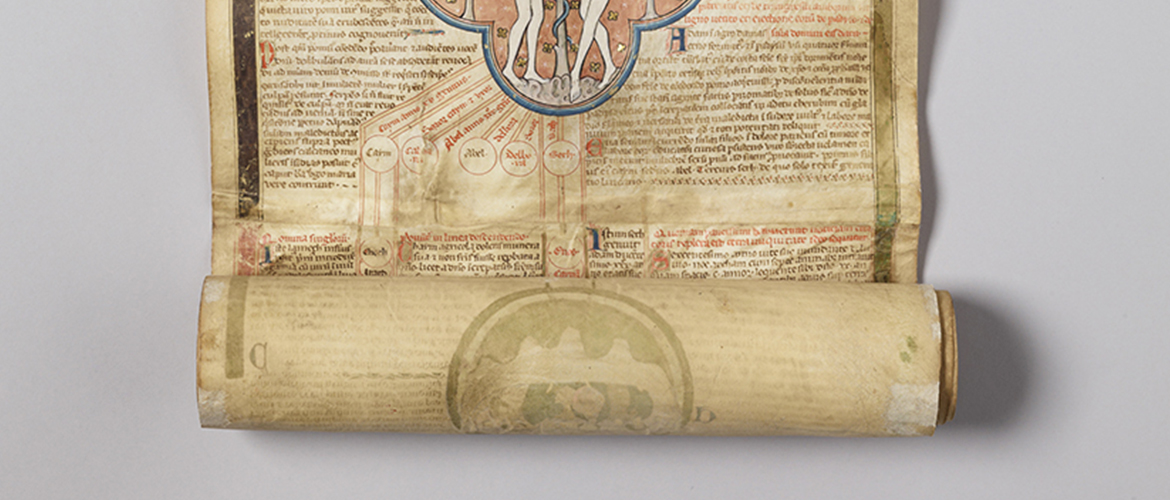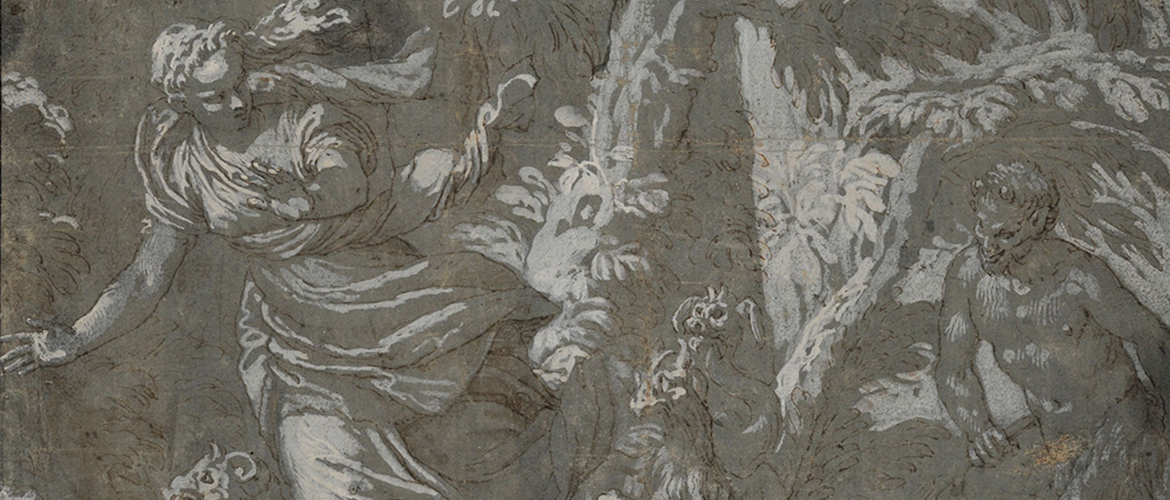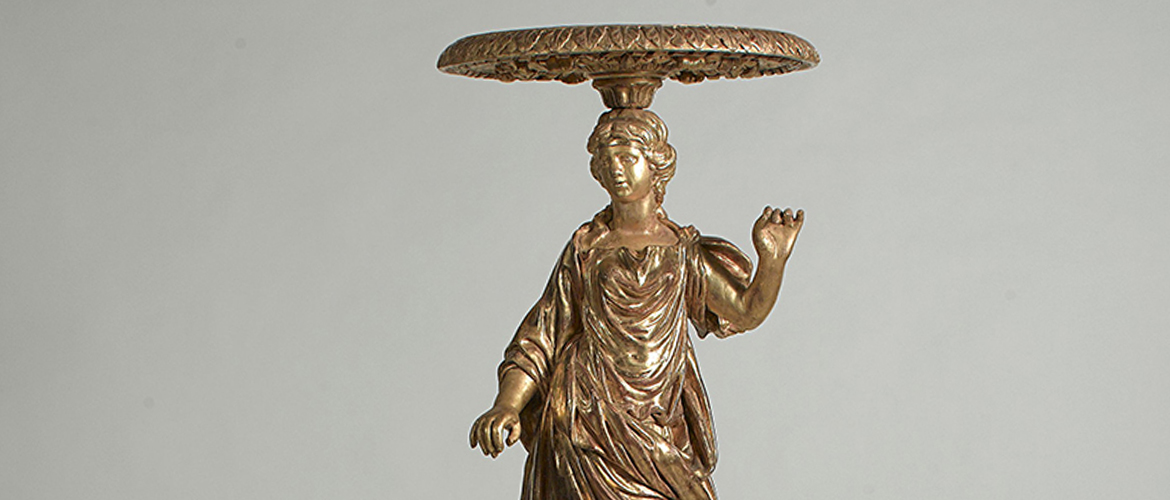The academies, school, and artists of Beaux-Arts de Paris are known and copied all over the world, and it remains the largest art school in France, heir to a very long history.
This history began first with Louis XIV’s recognition of the Académie Royale de Peinture et de Sculpture in 1648, then of the architecture academy in 1671. These societies, abolished by the National Convention in 1793, existed for several years as academic schools before being merged into a single institution under the First Empire, the École des Beaux-Arts, which officially came into being with its 1819 regulations.
After initially occupying rooms in the Palais du Louvre, then in the Collège des Quatre Nations (today the Institut de France), in 1816 the school was given the buildings of the former Petits-Augustins convent, situated on Rue Bonaparte, which had been home to the Musée des Monuments Français, founded by Alexandre Lenoir to protect the monuments of the Middle Ages and the Renaissance from revolutionary attacks.
With its complex and distinguished history, Beaux-Arts de Paris is now one of the remaining few to host a prestigious school for future artists alongside collections developed over the 350 years of its existence under one roof. In effect, the school has an immense heritage, bequeathed by the Royal Academies, and regularly augmented by the work of its students until 1968, enhanced by the remnants of the Musée de Lenoir, as well as all the educational models acquired for training and exceptional donations.
Through the collection of Beaux-Arts de Paris, made up of almost 450,000 works and publications, it is possible to trace France’s official teaching, whose methodology has spread throughout the world, and continues to attract students from every continent.
The scope and singularity of the Beaux-Arts de Paris’s heritage earned it the designation “Museum of France” in 2017 by the Ministry of Culture. Today, the collections are exceptionally well known, thanks to an extremely proactive loan policy. These collections, though, remain in close contact with their first public, the school’s students, through teaching, and are regularly presented, particularly in the “Theater of exhibitions” designed by the “Artists & Exhibition Professions” course.



![Jacques-Fabien Gautier d'Agoty, L'Ange anatomique, 1746, Gravure en manière noire imprimée en quatre plaques, 60,5 x 46 cm [cuvette] 80 x 52 cm [feuille] Jacques-Fabien Gautier d'Agoty, L'Ange anatomique, 1746, Gravure en manière noire imprimée en quatre plaques, 60,5 x 46 cm [cuvette] 80 x 52 cm [feuille]](/sites/default/files/2020-09/0-ange-anatomique-myologie-complete-couleur-grandeur-composee-essai-anatomie-jacques-fabien-gautier-agoty-gravure-maniere-noire-imprimee-quatre-plaques_2.jpg)








